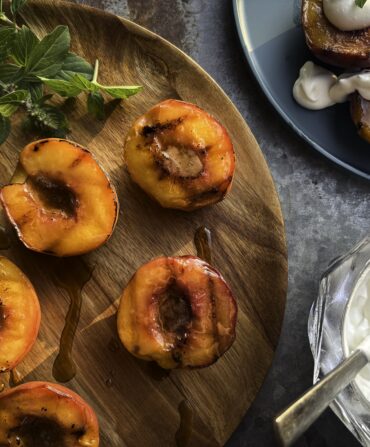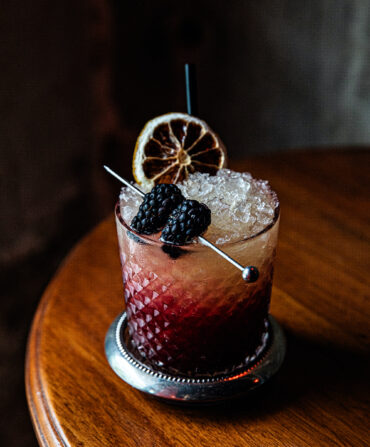Southern cooks barely tap into all the great eating that is swimming out there in our seas and streams. Atlantic bearded brotula, ribbonfish, and oyster drills rarely if ever make it to the supper table.
“There isn’t a whole lot of seafood from Southern waters you can find at the retail level, which is really too bad,” says PJ Stoops, who along with his wife, Benchalak Srimart Stoops, last year published Texas Seafood: A Cookbook and Comprehensive Guide. “A lot of times it just comes down to catching it yourself or hoping you have a friend who likes to fish.”
Most anyone who cares about fish in Houston knows PJ. For a while, he was one of the few people in Texas who sold bycatch along with wild-caught fish. He has long been a champion of getting people to eat species such as almaco jack and rainbow runners that get inadvertently swept up when fishers are targeting commercial catches like shrimp or grouper.
He and his wife, whom everyone calls Apple, spent a little over a year running a much-loved Thai restaurant called Foreign Correspondents. After it closed in 2016, the couple cooked pop-up dinners around Houston, worked on their book, and raised two children, now ten and thirteen. PJ also went to work for an aquaculture company. He wasn’t always a fan of farmed fish but has come to see that wild fisheries can’t provide enough good, affordable fish for everyone who wants to eat it.
“I really wish I could go down to the Gulf of Mexico and instead of seeing oil rigs on the horizon, I could see fish farms,” he says.
Since so many different kinds of seafood end up in the couple’s refrigerator, they have developed a foolproof recipe that melds the flavors of Provence into a dish that is as comfortable with rice or grits as it is on its own and can easily be increased from dinner for two to dinner for ten. “We have not found the seafood yet that does not taste good prepared this way,” PJ says. The size of the pan, the type and amount of supporting vegetables, and cooking time are flexible. The recipe can work for octopus, which might take an hour to braise in the oven, or a delicate flounder fillet, which is done in minutes on the stove top. Tilefish, grouper, snapper, and clams are all available candidates from Southern waters, and PJ suggests checking the freezer section at the grocery store for what is an increasingly good selection of American-caught fish.
Make sure you have about the same amount of chopped vegetables as fish, by volume and not weight. If the fish is sturdy and would take to a light browning, by all means do it. Then it’s simply a matter of layering aromatic vegetables and, if you like, thin slices of potatoes, seasoning it all with saffron and the briny punch of good olives, and pouring in chopped tomatoes.









